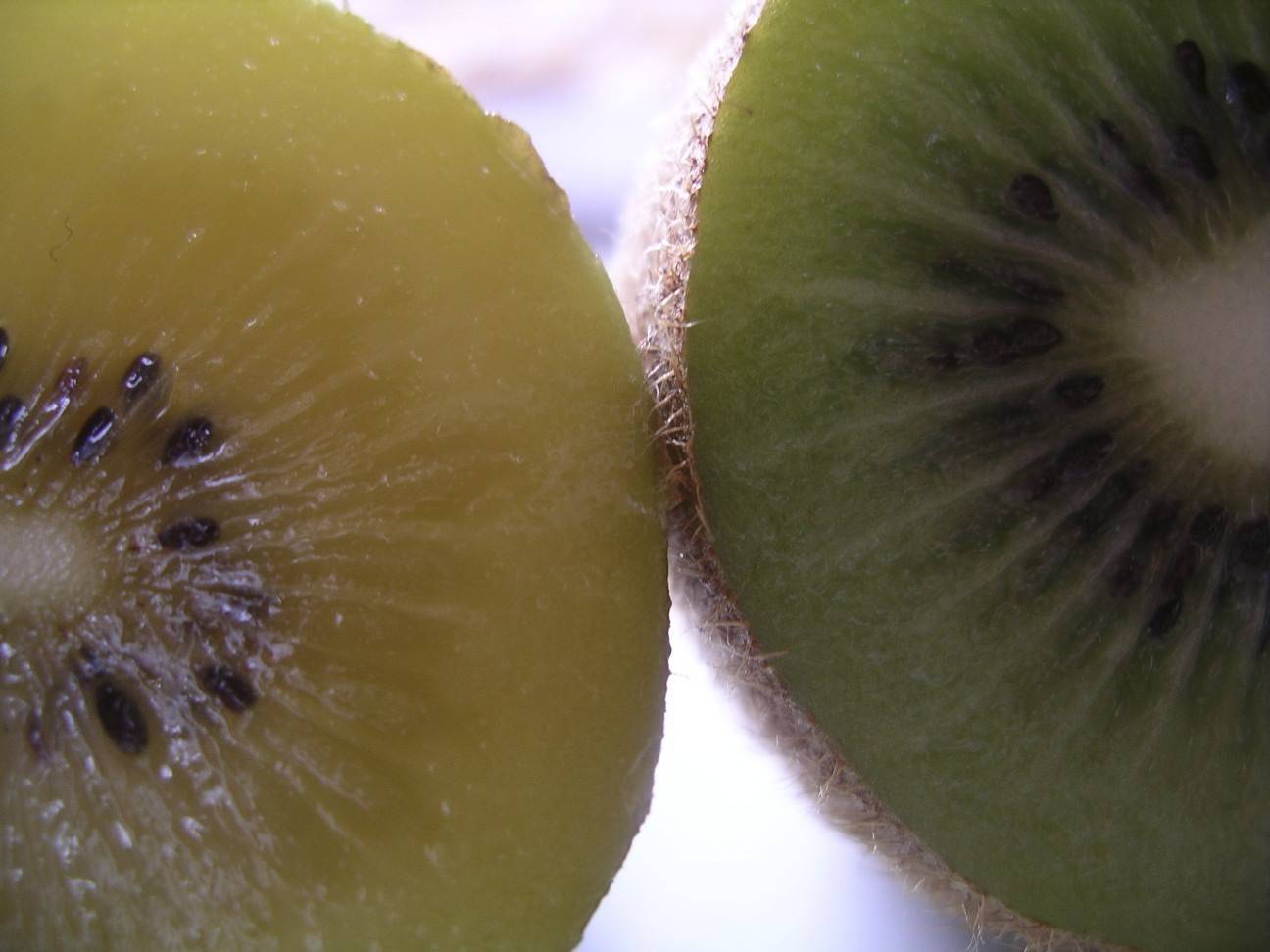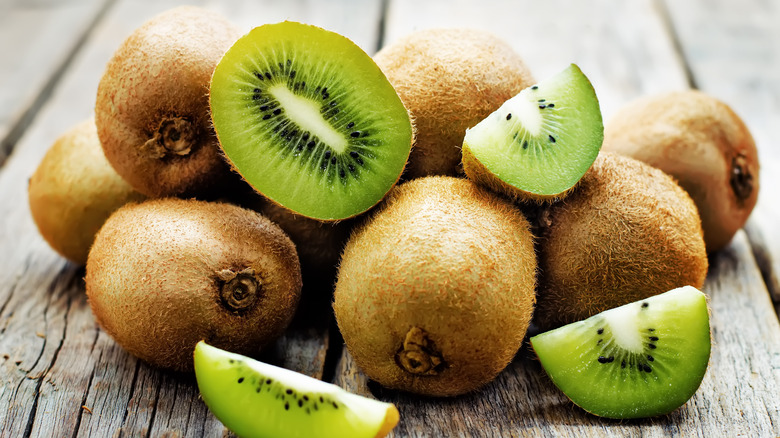Tasting Kiwis: A Delicious Trip right into What Do Kiwis Taste Like
Wiki Article
A Deep Dive Into Kiwi Cultivation: Unveiling the Methods, Challenges, and Potential for Lasting Farming
Are you interested in the secrets behind effective kiwi farming? Look no more! In this write-up, we will certainly take you on a deep study the methods, difficulties, and potential for lasting farming in the globe of kiwis. Discover the ideal growing conditions, cutting-edge farming methods, and the sustainable methods that can unlock the full possibility of kiwi farming. Prepare to uncover the surprise understanding that will revolutionize your kiwi farming undertakings.Ideal Expanding Conditions for Kiwi Plant Kingdoms

Cutting-Edge Cultivation Strategies
To enhance kiwi growing, employ innovative strategies that improve efficiency and sustainability. One such technique is accuracy agriculture, which utilizes innovative innovations like drones, GPS, and remote picking up to keep an eye on and handle plants a lot more efficiently. Drones equipped with multispectral electronic cameras can catch high-resolution photos of kiwi plants, making it possible for farmers to examine their health and detect any type of signs of condition or tension. General practitioner innovation enables for accurate mapping and monitoring of the kiwi vines, maximizing irrigation and fertilizing practices to make certain that each plant receives the essential nutrients and water. One more cutting-edge method is vertical farming, which includes growing kiwi plants in stacked layers making use of man-made illumination and climate-controlled settings. This approach makes the most of land use performance and reduces water usage, making it perfect for urban locations or regions with restricted cultivatable land. Furthermore, aeroponics and hydroponics systems are acquiring appeal in kiwi farming. These soilless growing approaches offer plants with a nutrient-rich service or mist, specifically, advertising faster development and higher yields. By accepting these sophisticated methods, kiwi farmers can accomplish higher performance, optimize resource usage, and add to sustainable farming methods.Challenges Faced by Kiwi Farmers
Facing various challenges, kiwi farmers must browse via numerous challenges to guarantee successful cultivation and lasting farming methods. One of the major challenges they encounter is environment variability. Kiwi plants require a particular climate to prosper, with warm summers and cool winters months. Nevertheless, unpredictable weather patterns, such as severe temperature levels, frost, and drought, can interfere with the development and development of kiwi plants. Farmers should continuously keep track of weather report and implement approaches like irrigation, frost defense, and shade towel to reduce the negative impacts of climate variability.An additional considerable difficulty for kiwi farmers is conditions and pests. Kiwi vines are susceptible to a range of pests, including termites, aphids, and thrips, which can harm the fallen leaves and fruit.
In addition, kiwi farmers encounter labor and labor price concerns. Kiwi farming calls for labor-intensive tasks, such as pruning, harvesting, and trellising. Nonetheless, discovering knowledgeable find out here now workers that are experienced regarding kiwi farming methods can be challenging. In addition, labor prices can be high, particularly during peak seasons. Farmers require to purchase training programs, automation, and effective labor management strategies to maximize efficiency and reduce labor expenditures.
Lasting Farming Practices for Kiwi Cultivation

To make certain sustainable kiwi cultivation, you can execute a series of methods that promote environmental stewardship and long-lasting feasibility of your farm. One crucial technique is making use of natural fertilizers and bug administration methods. By preventing synthetic chemicals and instead selecting natural alternatives, you can minimize the negative influence on dirt wellness and biodiversity. Furthermore, it is vital to exercise accountable water management. Kiwi plants require a substantial amount of water, yet too much irrigation can result in water waste and soil disintegration. Carrying out effective irrigation systems, such as drip irrigation or accuracy lawn sprinklers, can assist conserve water and maximize its use. Another lasting farming technique is making use of cover plants. These plants not just aid stop soil erosion but additionally enhance soil fertility by including raw material and fixing nitrogen. Applying integrated parasite administration strategies can dramatically lower the requirement for chemical pesticides. By urging natural killers, utilizing scent traps, and exercising crop turning, you weblink can efficiently control bugs while minimizing ecological harm. Embracing lasting energy practices, such as using solar power or investing in energy-efficient modern technologies, can lower your farm's carbon impact and add to a more sustainable kiwi growing system. additional info
Opening the Possible of Kiwi Farming
By implementing sustainable farming practices, you can open the complete possibility of kiwi farming while decreasing environmental impact. Kiwi farming has immense potential for growth and profitability, but it also comes with its own set of challenges. To fully unlock this possibility, it is crucial to adopt sustainable techniques that not just maximize yield and quality yet additionally make certain lasting feasibility.One secret element of unlocking the potential of kiwi farming is optimizing irrigation methods - what do kiwis taste like. Kiwi plants call for a certain amount of water to grow, and by utilizing efficient irrigation systems such as drip irrigation or precision lawn sprinklers, you can decrease water waste and decrease the risk of waterlogging or dirt disintegration
One more important factor is dirt health management. Productive and healthy dirt is vital for the growth and growth of kiwi plants. By carrying out techniques such as cover cropping, crop rotation, and natural fertilization, you can boost soil framework, enhance nutrient schedule, and reduce the need for chemical inputs.
Additionally, integrated bug management (IPM) strategies are important in opening the possibility of kiwi farming. By adopting IPM approaches such as biological bug control, pheromone catches, and crop tracking, you can effectively handle insects and diseases while lessening using chemical pesticides.
Final Thought
Finally, kiwi growing holds great prospective for lasting farming methods. By carrying out sophisticated techniques and getting rid of the challenges dealt with by farmers, we can open the complete potential of this fruit (what do kiwis taste like). With ideal expanding conditions and a focus on sustainable methods, kiwi farming can prosper while minimizing environmental effect. Get hold of a kiwi and sustain the future of sustainable agriculture!Discover the ideal growing conditions, sophisticated farming techniques, and the sustainable practices that can unlock the full potential of kiwi farming. By accepting these advanced methods, kiwi farmers can accomplish higher efficiency, maximize source application, and add to lasting farming techniques.
Dealing with many obstacles, kiwi farmers need to browse via numerous obstacles to ensure successful cultivation and lasting farming techniques.By applying lasting farming methods, you can unlock the complete capacity of kiwi farming while lessening environmental impact.In conclusion, kiwi farming holds wonderful possible for lasting farming methods.
Report this wiki page